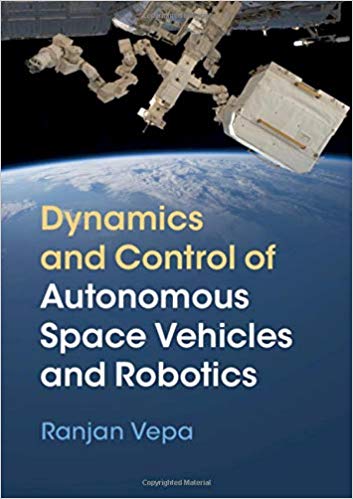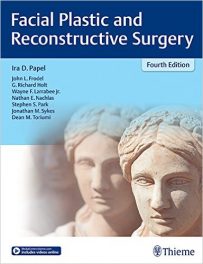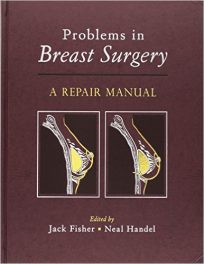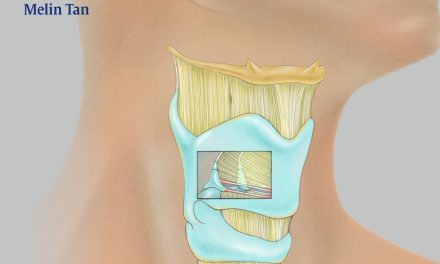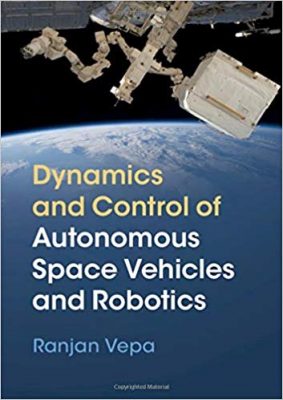 Author: Ranjan Vepa
Author: Ranjan Vepa
Publisher: Cambridge University Press – 352 pages
Book Review by: Sonu Chandiram
The established principles upon which space robotics is based are conservation of momentum and energy, and stability in a thorough fashion, writes the author of this book Ranjan Vepa, who is affiliated with the School of Engineering and Material Science at Queen Mary University of London.
In a nutshell, as the author lays out in the Preface, this book is about:
- The stability and control of satellites carrying robotic manipulators, as well as the stability and control of the manipulators themselves
- The issues related to the stability and control of planetary rovers that are used to explore the environment of a planet’s surface
This book consists of the following eight chapters we list below, to provide you an overview of what you will find in it:
- Introduction to Autonomous Space Vehicles and Robotics
- Space Vehicle Orbit Dynamics
- Space vehicle Altitude Dynamics and Control
- Manipulators o Space Platforms: Dynamics and Control
- Kinematics, Dynamics, and Control of Mobile Robot Manipulators
- Planetary Rovers and Mobile Robotics
- Navigation and Localization
- Sensing and Estimation of Spacecraft Dynamics
The above list of chapter titles gives you no inkling of the numerous visual assets that this book contains, particularly in the first chapter, that add to the value of this book by aiding your learning, particularly on the major events of early space exploration history.
From chapter two onwards, numerous formulas and charts are shown, to the delight of math lovers. These explain the many concepts relating to:
- Planetary Motion in relation to the Two-Body Problem
- Types of Orbits
- Impulsive Orbit Transfer
- Preliminary Orbit Determination
- Lambert’s Problem
- Third Body and Other Orbit Perturbations
- Lagrange Planetary Equations
- Gauss’ Planetary Equations: Force Perturbations
- Spacecraft Relative Motion
- Orbit Control
- Orbit Maneuvers
- Interception and Rendezvous
- Advanced Orbit Perturbations
- Launch Vehicle Dynamics: Point Mass Model
- Applications of the Rocket Equation
- Effects of Mass Expulsion
- Electric Propulsion
- Rigid Body Kinematics and Kinetics
- Spacecraft Altitude Dynamics
- Environmental Disturbances
- Spacecraft Stability
- Spacecraft Altitude Control Concepts
- Momentum and Reaction Wheels
- General Control Problem with CMG Actuation
- Robot Kinematics
- Manipulator Deployment and Control
- Free-Flying Multi-Link Serial Manipulator in Three Dimensions
- Gravity-Gradient Forces and Moments on an Orbiting Body
- Satellite-Manipulator Dynamics
- Three-Axis Control of a Satellite’s Altitude with an Onboard Robot Manipulator
- Kinematics of Wheeled Mobile Manipulators: Non-Holonomic Constraints
- Dynamics of Wheeled Mobile Manipulators
- Dynamic Control for Path Tracking by Wheeled Mobile Manipulators
- Motion Planning for Mobile Manipulators
- Non-Holonomic Space Manipulators
- Planetary Rovers: Architecture
- Dynamic Modeling of Planetary Rovers
- Control of Planetary Rovers
- Localization, Mapping, and Navigation
- Random Processes
- Probabilistic Representation of Uncertain Motion Using Particles
- The Extended Kalman Filter
- Nonlinear Least Squares, ML, MAP Estimation
- Simultaneous Localization and Mapping (SLAM)
- Localization in Space and Mobile Robotics
- Spacecraft Altitude Sensors
- Altitude Determination
- Spacecraft Large Altitude Determination
- Nonlinear State Determination for Spacecraft Rotation Rate Synchronization
- Sensors for Localization
- Sensors for Navigation
Author:
Dr. Ranjan Vepa is currently a senior lecturer at Queen Mary University of London. He is the author of five books: Biomimetic Robotics; Dynamics of Smart Structures; Dynamic Modeling, Simulation and Control of Energy Generation; Flight Dynamics Simulation and Control of Aircraft; and Nonlinear Control of Robots and UAVs. His research interests include applications in space robotics, electric aircraft, and autonomous vehicles. He teaches advanced courses on robotics, aero-elasticity, advanced flight control and simulation, and spacecraft design, maneuvering, and orbital mechanics.

